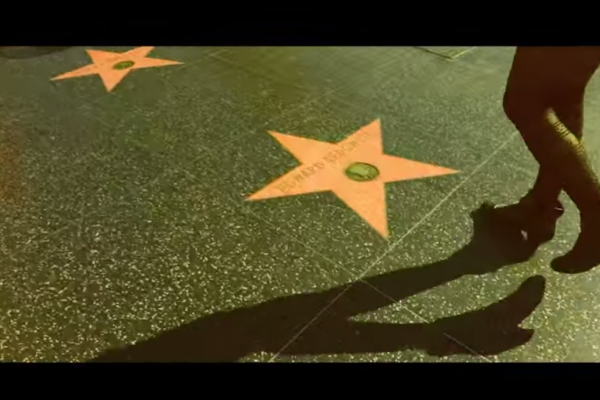Cinema is our cultural classroom. Films are how we learn about the world and how to interact with it, from exploring the peak of Mount Everest to exploring the social strata of high school life. It’s for this reason that diverse representation — of gender, race, and economic level, among many other factors — is so important in movies. Without it, there are whole sections of the global population whose stories aren’t told, and even bigger sections who won’t learn from those stories.
So when a movie examines a group of people whose stories are only starting to gain mainstream attention — and does it with honesty and compassion — it’s important to pay attention. Director Sean Baker’s wickedly funny and stylish film Tangerine dives deep into the transgender community in Los Angeles in a way that explores the strengths, vulnerabilities, and deep needs of its characters. In other words, it portrays them as real people, not as caricatures — or Oscar-friendly approximations played by a cisgendered actor in drag.
Writer/director Baker and co-writer Chris Bergoch worked closely with transgender stars (and first-time actresses) Mya Taylor and Kitana Kiki Rodriguez to tell the story of sex workers and best friends Sin-dee and Alexandra. Sin-dee (Rodriguez) is released from jail on Christmas Eve only to find that her boyfriend and pimp has been cheating on her. She spends the day looking to get even, while Alexandra (Taylor) prepares for her musical debut in a show at a local bar.
While Sin-dee and Alexandra’s genders do come up during the course of the movie, they aren’t the subject of moral judgment on the filmmaker’s part. Baker simply lets his leads start talking, and follows them as they go through their day. Taylor and Rodriguez are incredibly funny in their roles, though not because they fill goofy stereotypes. Sin-dee and Alexandra are strong and sarcastic, with a natural wit. Baker allowed his actresses to adapt many of their lines so they’d sound more authentic, and their comfortability with the material makes Tangerine crackle to life.
The way Baker shot the film is also significant, speaking both to the difficulty of its protagonists’ lives, but also the bright, wild nature of their personalities. Tangerine was shot completely on iPhones, with the addition of some extra lenses and color treatment in post-production. The DIY nature of the footage gives it the grit of reality. Its bright, extra-saturated hues give it a gorgeous, sunny boost.
But most importantly, while Tangerine is exuberant, crazy, and funny, it also examines its characters and their relationships beyond the surface level. The last shot of the movie shows our two heroines sitting side-by-side in a laundromat at midnight on Christmas Eve, their wigs off, exposed, totally broke, and with only each other for support. By the end of the film, we’ve come to understand that Sin-dee and Alexandra are combative, funny, and vicious because they have to be in order to get by.
We don’t know what will happen to Sin-dee and Alexandra after the credits roll. But we do know that their story isn’t isolated. Profession and gender aside, Tangerine is a movie about two best friends having the worst day ever, and there’s no guarantee that tomorrow will be any better. By giving us a detailed view into the lives of these characters, Baker, Taylor, and Rodriguez allow us to understand them as real people, not just two-dimensional stereotypes. It’s a moment of cultural education that feels like it’s opening the door to many more opportunities for the community it portrays.
WATCH the trailer for Tangerine here.
Got something to say about what you're reading? We value your feedback!

